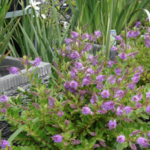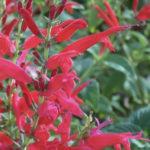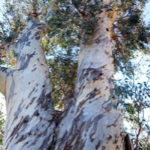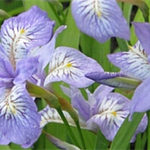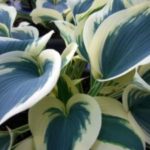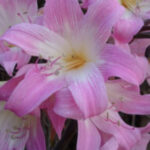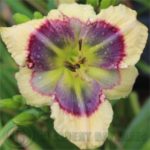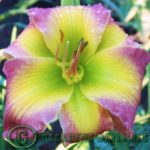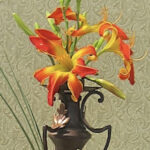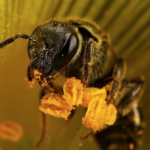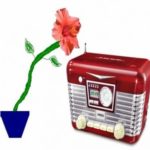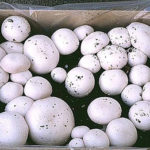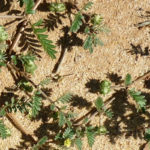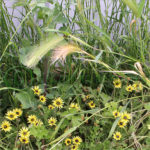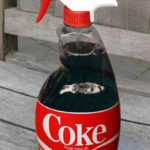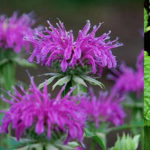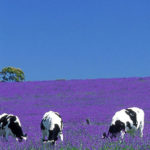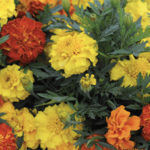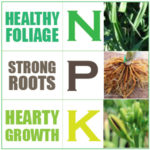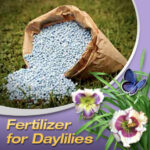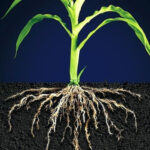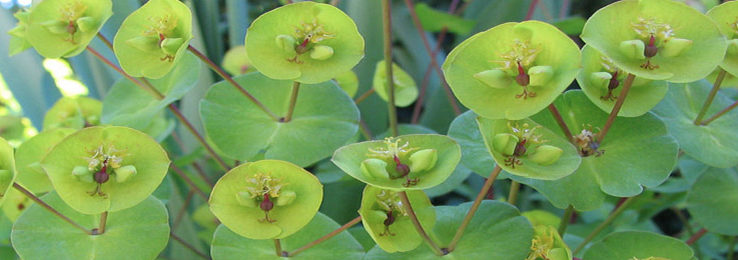
Dangers of Euphorbias
Dangers of Euphorbias
 Euphorbias, with the family name of Euphorbiaceae, are plants known more commonly as spurges. The term spurge is derived from the old French/Middle English word which is today known as to purge. In fact, the sap of these plants is a natural purgative or laxative. The sap has a milky appearance and can be found in these deciduous annual or perennial herbs, that appear as woody shrubs or small trees. The flowers are unisex and appear in many colours; their common name is cyathium. Perhaps, the most interesting and important is the toxicity of these plants.
Euphorbias, with the family name of Euphorbiaceae, are plants known more commonly as spurges. The term spurge is derived from the old French/Middle English word which is today known as to purge. In fact, the sap of these plants is a natural purgative or laxative. The sap has a milky appearance and can be found in these deciduous annual or perennial herbs, that appear as woody shrubs or small trees. The flowers are unisex and appear in many colours; their common name is cyathium. Perhaps, the most interesting and important is the toxicity of these plants.
Due to the latex in the sap, it is known to cause inflammation and irritation to the skin. Be sure to use caution when handling any and all euphorbias because of this. If the sap does get in contact with bare skin, wash affected area immediately. Their range of toxicity varies from species. In African culture, these plants have been used for homicide as opposed to more common strains that only cause a rash that subsides within a few days. Certain euphorbias have even been used to create drugs that help with skin conditions. It all depends on the type of euphorbia one is dealing with.
Euphorbia Ingens is commonly known as the candelabra tree. Native to the deserts of South Africa. It has a large, tall body like a tree with a single trunk that flourishes into multiple green branches that form a full body. The flowers attract many insects which help to produce the reddish-purple fruit. This species milky sap is known for being extremely dangerous and poisonous. There have been cases of blindness associated with this species, and locally the sap is used as a fish poison. If handled properly, they can be planted in gardens, but should not be available to small children or pets due to extreme toxicity.
Euphorbia Bupleurifolia is commonly known as the pine-cone plant. It has a short, scaled body, similar to a pinecone, with large green tufts that stem from the centre of the body. The natural habitat for this species is tropical sub arid grassland. This plant likes hotter climates and semi-shade. Small yellow flowers appear at the crown and fall away after drying. It is popular in the dermatology world and has been used to treat cancerous sores, cracked feet, and other skin problems. Like all euphorbia, too much of the latex is toxic. This particular type can be helpful rather than harmful in the right doses.
Some other interesting and striking Euphorbias grown in Australian gardens are Euphorbia Wulfennii, Euphorbia Blue Peaks, Euphorbia Rigida and Euphorbia Myrsinites.
Euphorbias are unusual plants with a history of poisonous tales. There is truth to these claims due to the latex in their sap. However, their ranges in appearance, size and toxicity has made some species useful for creams, polishes, lacquers, lithographic colours and even dental mouldings. In many cases, the plant can be both medicinally helpful and toxic; it all depends on the quantity of latex used as well as the knowledge of which species one is manipulating and for what purposes. With the right handling and knowledge, euphorbias can make for unique household plants that stun viewers with their unique aesthetic attributes.



